A City Frozen in Time Discovered and Dubbed ‘Britain’s Pompeii’
Archaeologists spend their entire lives trying to find evidence of our ancient ancestors and how they once lived. Sometimes, they find little or even nothing at all, but other times, these archaeologists find something truly spectacular.
After initial excavations at one site in rural England in the early 2000s, archaeologists realized they have found one of those magnificent findings. By 2016, when the dig began in earnest, they found even more than they had hoped for: An entire Bronze Age settlement frozen in time – Britain’s Pompeii.
The Discovery of Must Farm
In 1999, someone noticed large wooden posts outside of Peterborough in Cambridgeshire, England. By 2006, a preliminary excavation showed archaeologists there was a lot more below the Earth’s surface than they first assumed.
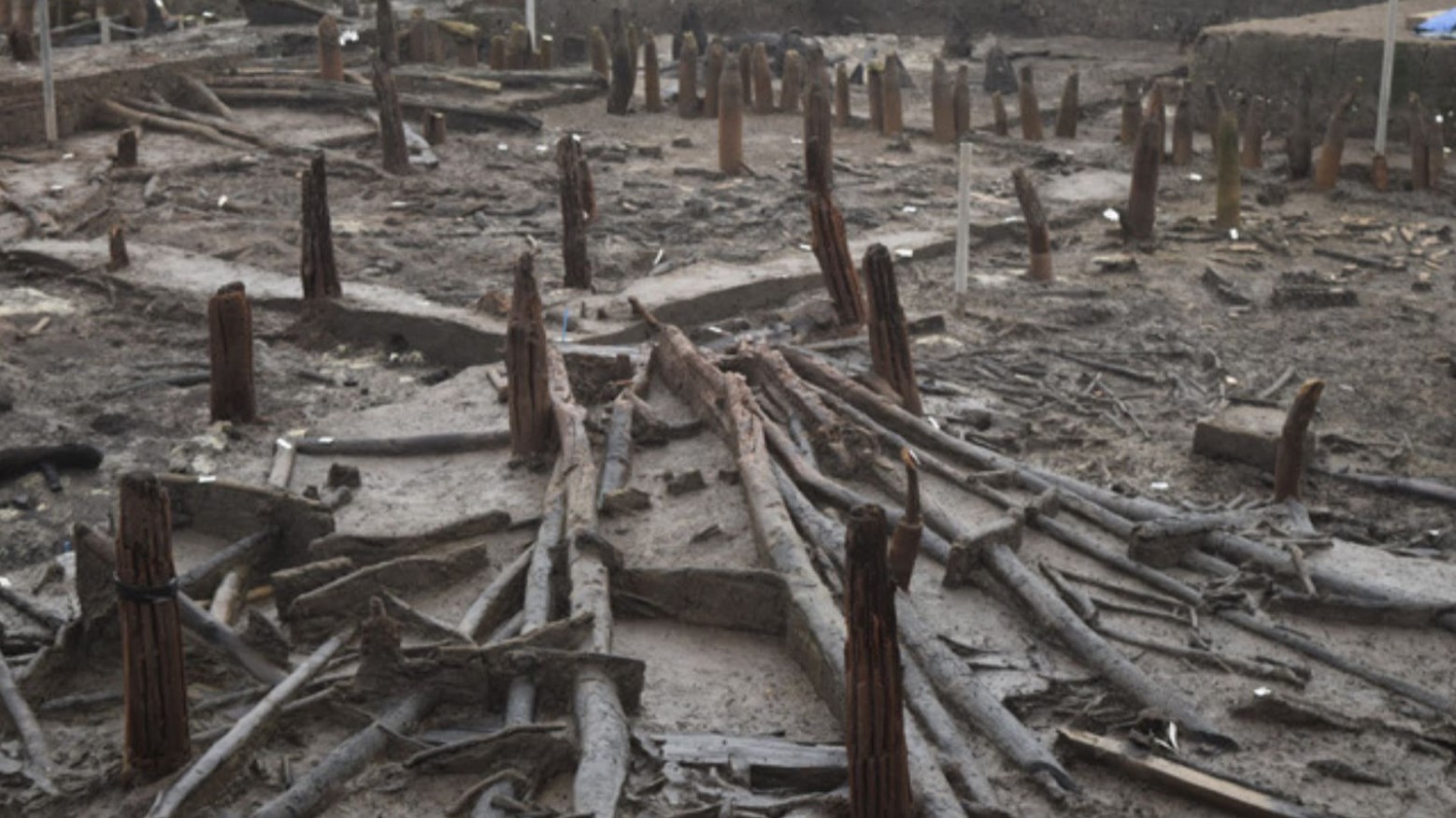
Source: Must Farm/Must Farm
But it wasn’t for another 9 years, until 2015, when the excavation truly started. Within just one year, they uncovered 1,300 square yards and an entire ancient settlement.
Little Has Been Found From the Bronze Age
After a careful analysis and carbon dating, archaeologists from the University of Cambridge determined that the settlement was built and used during the Bronze Age about 2,850 years ago.
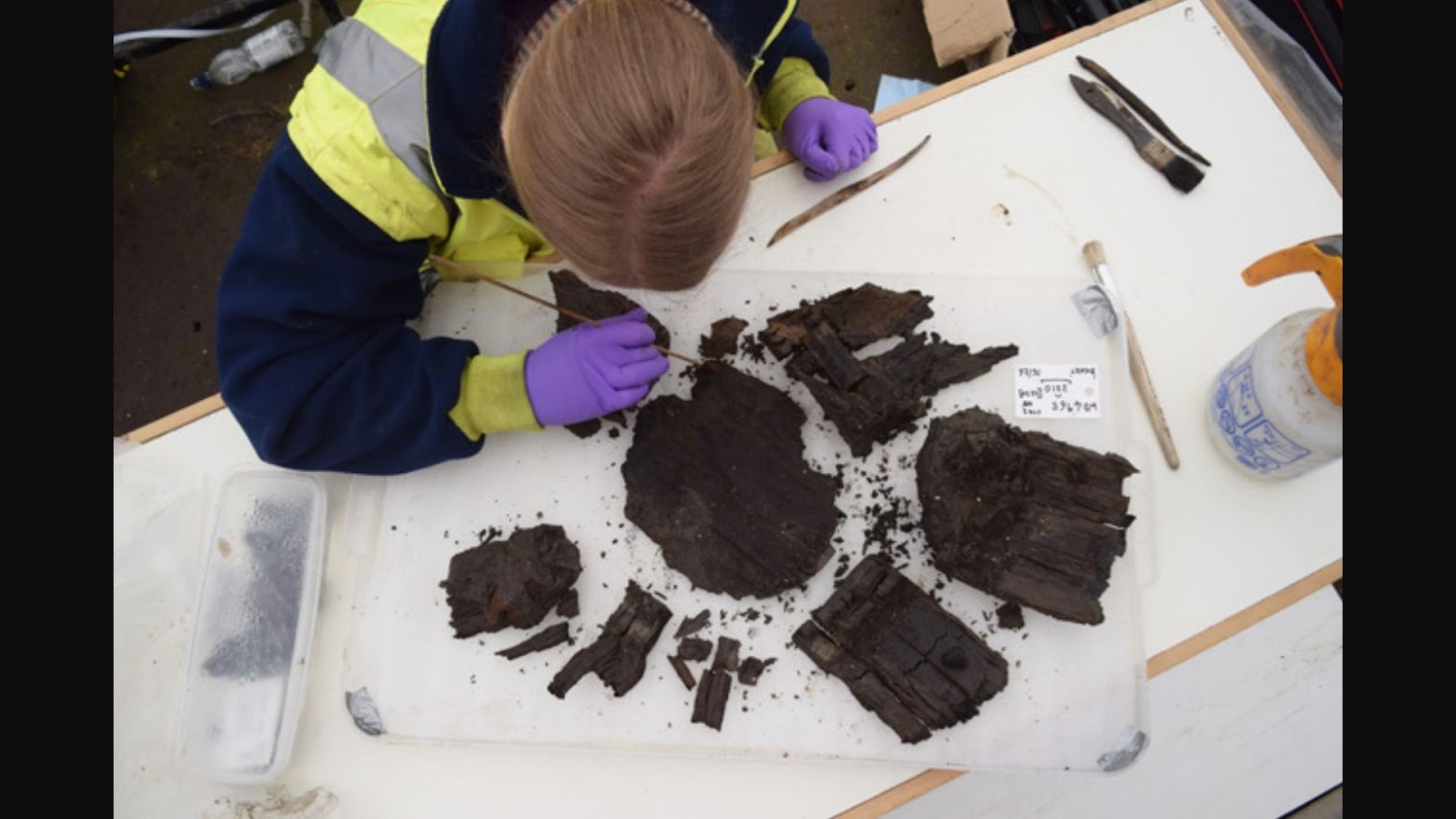
Source: Must Farm
As Chris Wakefield, an archaeologist at the university explained, “In a typical Bronze Age site, if you’ve got a house, you’ve probably got maybe a dozen post holes in the ground and they’re just dark shadows of where it once stood. If you’re really lucky, you’ll get a couple of shards of pottery, maybe a pit with a bunch of animal bones.”
The Village of Must Farm Was Not an Average Site
However, that is not what the team found at the site they called Must Farm. Instead, it was absolutely full of wooden homeware, textiles, ceramic artifacts, bobbins with threads still intertwined, and even colorful glass beads.
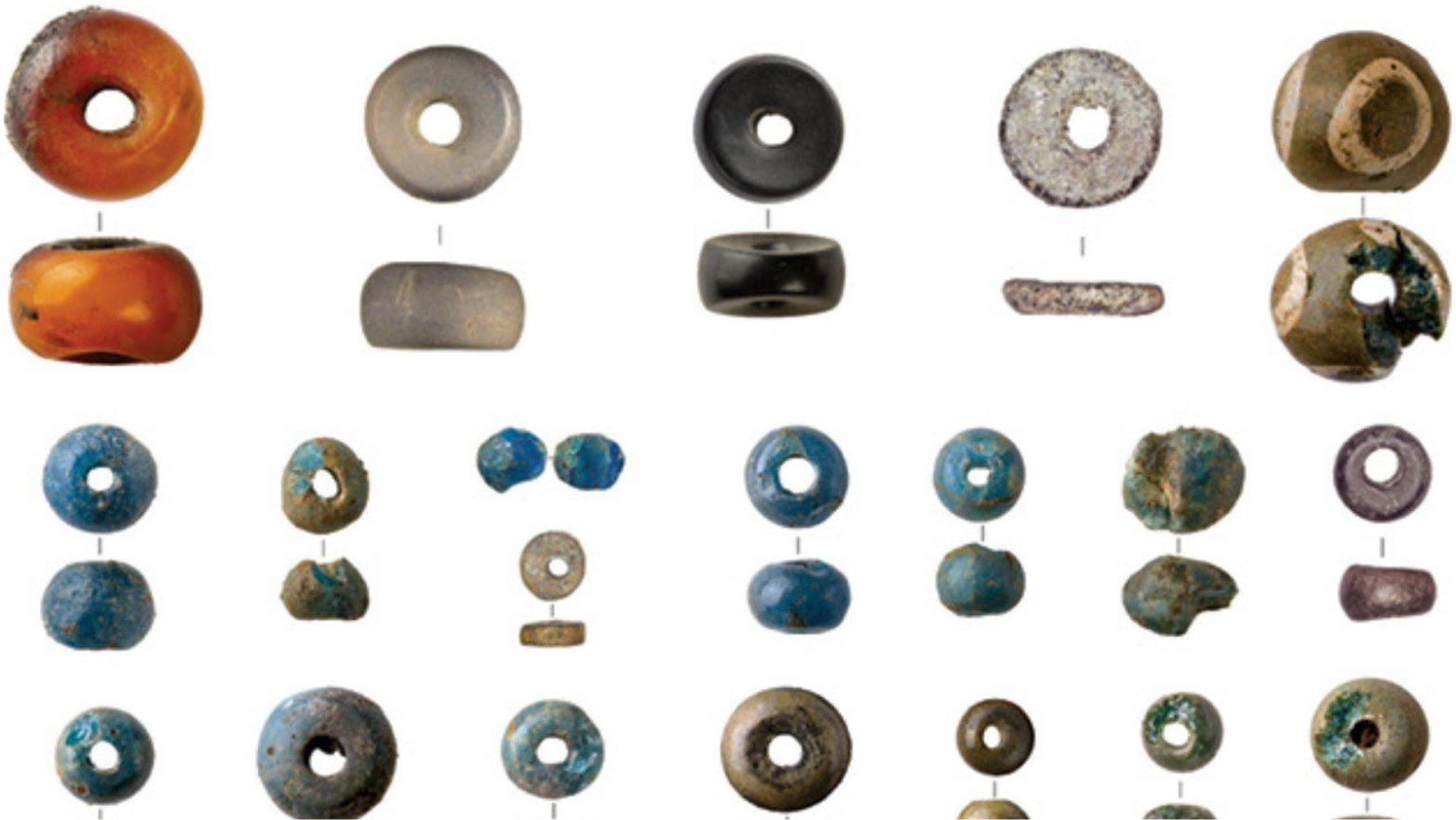
Source: Must Farm
Throughout the excavation, archaeologists realized that the reason the village of Must Farm had been so well preserved was that the entire settlement had gone up in flames just nine months after they built it.
The Fire Preserved the Town Just as It Was
Researchers on the project believe that the fire hit Must Farm so quickly that its residents were forced to flee, leaving all of their precious belongings behind. But that alone wouldn’t have been enough to preserve the personal treasures for nearly 3,000 years.

Source: Must Farm
Because the homes were made from wood, straw, and clay, the fire burned the structures immediately. But then the ash settled like a blanket atop the entire village. Without being subject to oxygenated air, the pieces of wood, beads, tools, and textiles that didn’t burn, remained almost perfectly intact. Just as Pompeii in what is now Italy was preserved after the eruption of Mount Vesuvius in 79 CE.
What Must Farm Has Taught Historians
Must Farm, or “Britain’s Pompeii,” has taught archaeologists and historians alike a great deal about what life was truly like for England’s ancient ancestors during the Bronze Age.
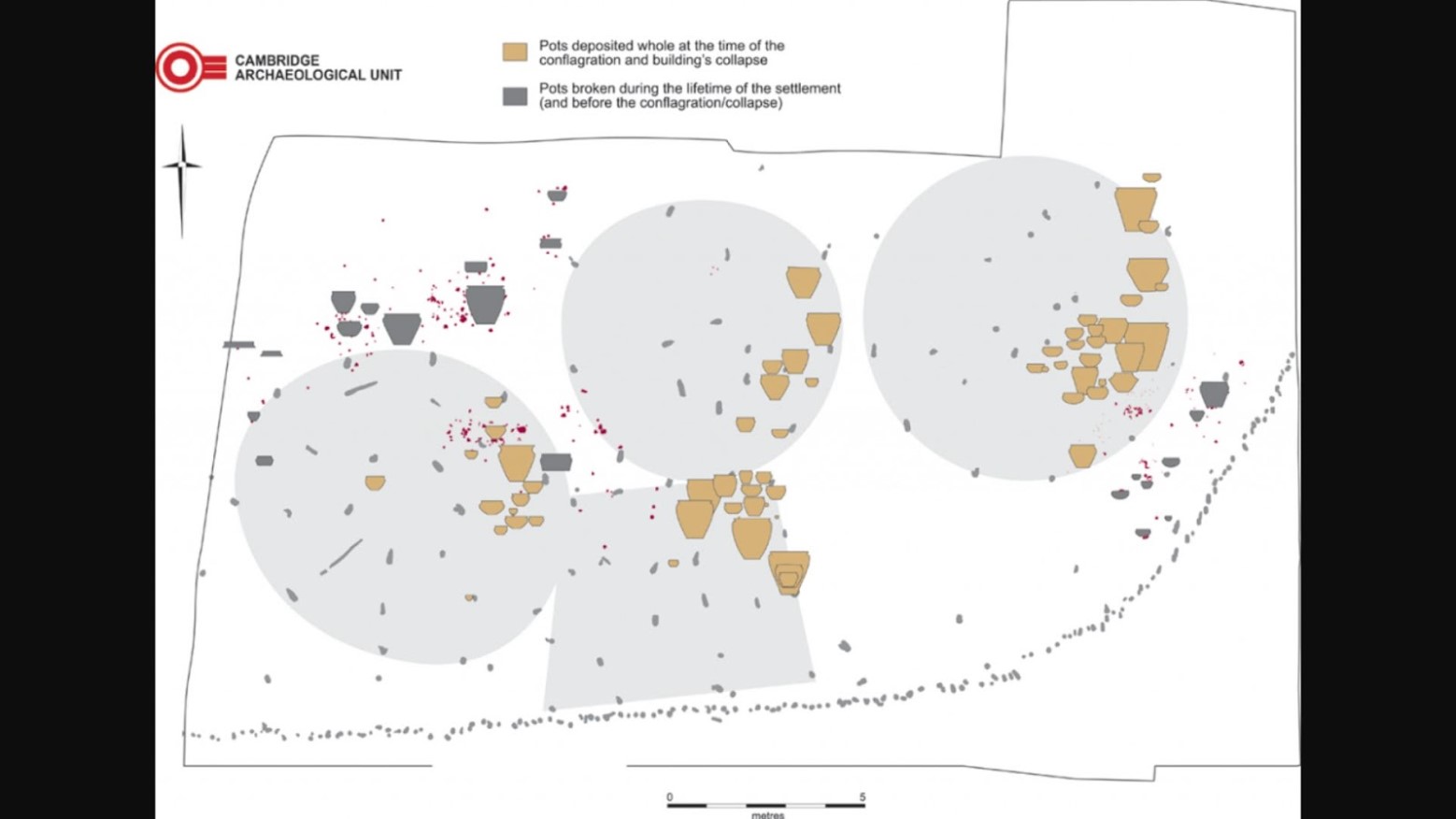
Source: Must Farm
The first thing they noticed was the organization of the settlement. They found four roundhouses and a square entrance structure, all surrounded by a large fence of sharp posts, probably to keep out intruders and wild animals.
The Dwellings Were Set Up Just Like Modern Homes
Because everything was sitting exactly where it had been left 3,000 years ago, the team of archaeologists was also able to deduce that the round dwellings were set up very similarly to modern homes.
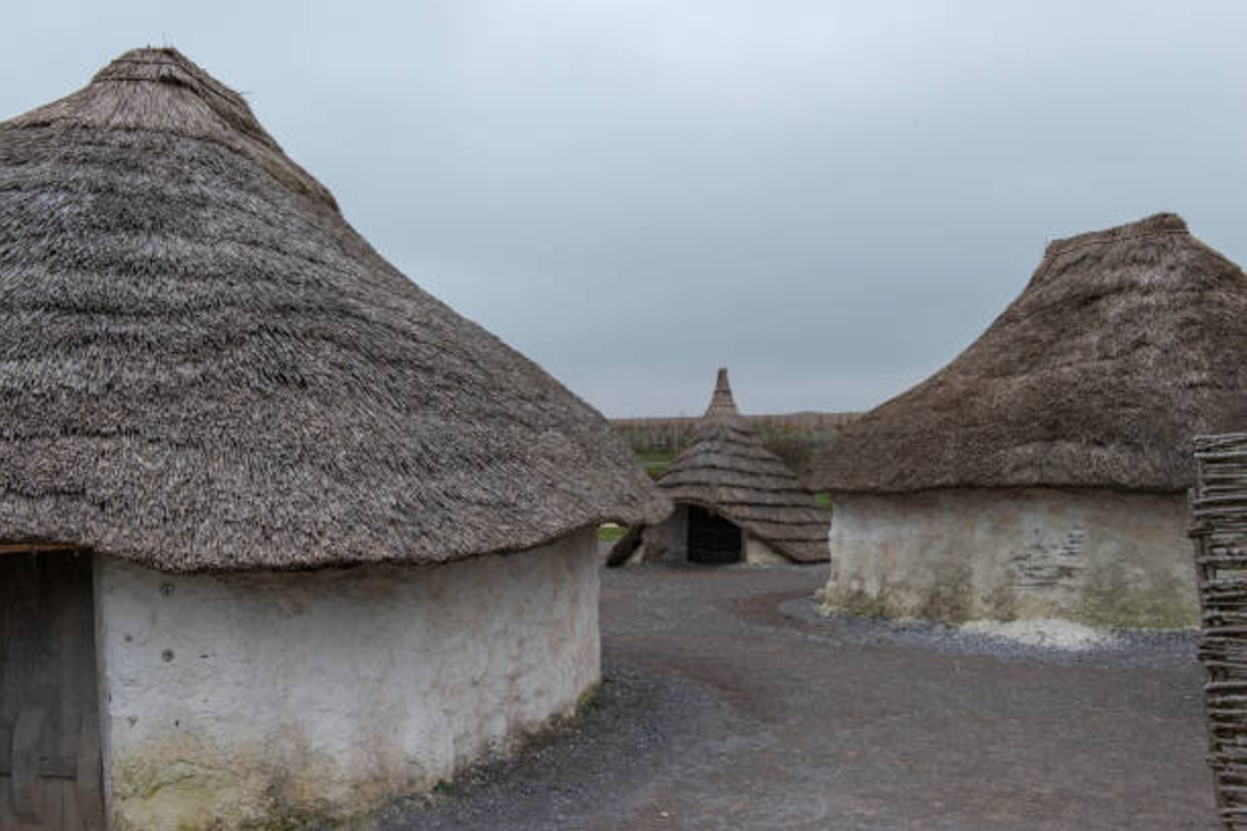
Source: iStock
There were distinct areas with specific uses, as Wakefield told CNN, “The kitchen area was in the east, the storage and weaving area in the south and southeast with the penning area for lambs, and the sleeping area in the northwest.”
Domestic Life of a Bronze Age Village
Then, within the round houses, they noted that of the 128 ceramic artifacts, 64 of the pots were actually being used when the fire started. This information prompts the theory that there were dozens of families living at Must Farm at the time.
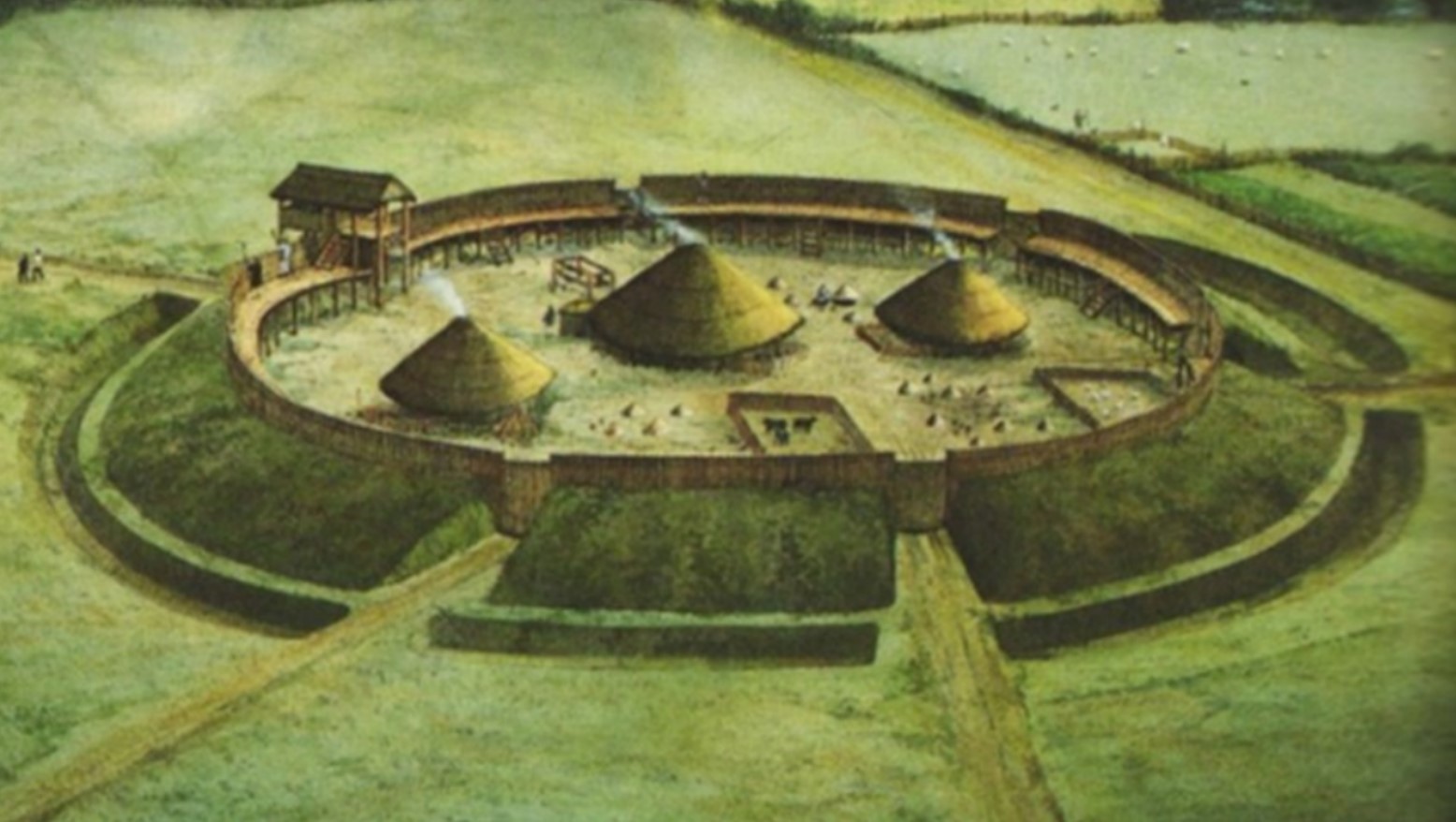
Source: Colchester Museums
They also found several wooden bucket, which Wakefield explained, had “loads and loads of cut marks [on the bottom] so [they] know that people living in that Bronze Age kitchen when they needed an impromptu chopping board, were just flipping that bucket upside down and using that as a chopping surface.”
Some Meals Were Found Intact
It was especially exciting for archaeologists to find several of the villagers’ final meals still in their pots or ceramic bowls. One bowl contained a type of grain porridge made with animal fat, while others still had remains of deer and honey.
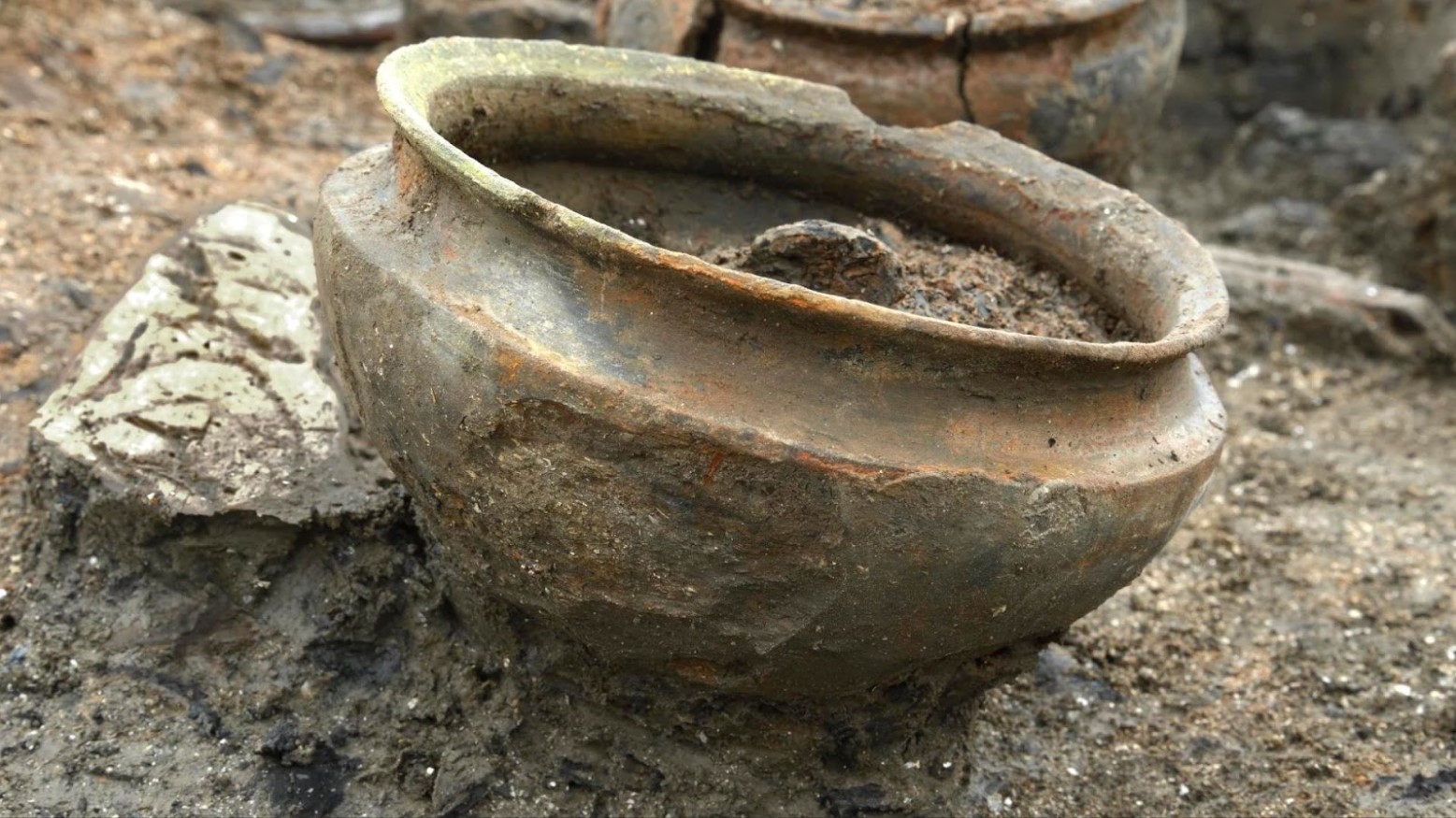
Source: Cambridge Archaeology Unit
By analyzing the waste piles, experts were also able to reason that the villagers had only lived at Must Farm for nine months before it burnt down, and that they kept dogs as pets.
The Bronze Age May Have Been Much Different Than We Originally Thought
The discovery of Must Farm has shed a great deal of light on what life was like in the Bronze Age, but there is one aspect of this site that has drastically changed the way historians understand the famous epoch.

Source: iStock
It has long been believed that societies in the Bronze Age were quite hierarchical and that the common folk did not have the tools, ceramics, and personal belongings that the upper class would have used. But now, that theory has been all but debunked.
The Timeline Shows That Personal Belongings Were Quite Common
Because the people of Must Farm only lived in their homes for nine months before the fire drove them out, historians now believe that even the lower classes within the societies of the Bronze Age had tools, ceramics, beads, and other personal and useful pieces.

Source: @nrken19/X
The University of Cambridge report on the site explained, “We are seeing here not the accumulation of a lifetime, but just a year’s worth of materials. It suggests that artifacts such as bronze tools and glass beads were more common than we often imagine and that their availability may not in fact have been restricted.”
There’s Still More to Learn From Britain’s Pompeii
Next month, on April 27, 2024, many of these treasures will be on display at the Peterborough Museum and Art Gallery in a free temporary exhibition called “Introducing Must Farm, a Bronze Age Settlement” for everyone to enjoy.

Source: Peterborough Museum
Meanwhile, the excavation of Britain’s Pompeii is still ongoing. While they have already found an incredible number of fascinating artifacts, the team are sure that there are more great treasures buried beneath the ash to be unearthed.
